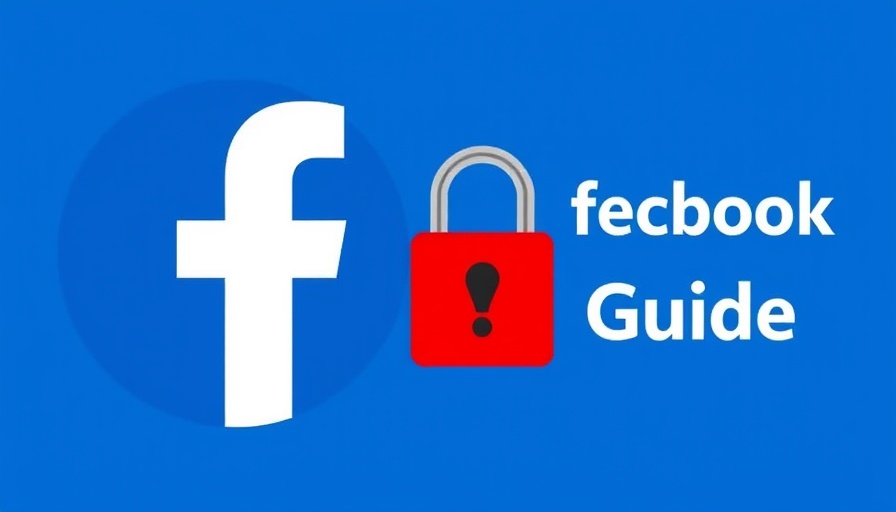
The FTC's New Click-to-Cancel Rule: What It Means for SaaS Businesses
The Federal Trade Commission's (FTC) new "Click-to-Cancel" rule, which comes into effect this month, signifies a substantial shift in the landscape for Software as a Service (SaaS) companies. This regulation seeks to enhance consumer rights by simplifying the cancellation process of subscription services, a long-awaited change that many customers have demanded for years. The rule aims to eliminate the frustrating experiences often associated with canceling subscriptions, where customers find themselves lost in a maze of options, struggling to find the option to cancel their service.
Understanding the Growing Consumer Demand for Transparency
Consumer dissatisfaction with subscription practices has been on the rise. According to the FTC, complaints related to negative option billing practices have surged, increasing from an average of 42 complaints per day in 2021 to nearly 70 per day. This statistic highlights the growing need for businesses to reevaluate how they engage with customers, particularly as it pertains to the clarity of subscription terms, renewals, and cancellations.
The Key Changes Under the Rule: A Checklist for SaaS Providers
For SaaS providers, the "Click-to-Cancel" rule imposes a series of practical requirements that must be prioritised:
- Cancellation must be as straightforward as sign-up: If customers can easily subscribe to a service, they must also be able to terminate that same subscription with equal ease through online channels.
- No more hurdles for cancellation: It is now prohibited to place customers in a scenario where they must contact support or navigate complex processes to end their subscription. Automation and accessibility in cancellations are now expected standards.
- Clarity before billing: All essential terms—including frequency, total cost, and cancellation conditions—must be clearly communicated before any payment details are entered.
- Active consent required: To avoid issues with recurring charges, companies must ensure that users actively agree to any negative options.
- Optional retention offers: SaaS providers can propose alternatives to retain customers but must do so only after asking if the customer wants to hear those options.
Shifting the Paradigm Towards Customer-Centric Practices
This regulation indicates a broader trend towards customer-centric practices, reinforcing the importance of transparency and respect for user preferences. By adopting a more user-friendly approach, businesses can not only comply with new regulations but also enhance customer satisfaction and loyalty.
Comparisons with Other Industries: Are SaaS Providers Unique?
The regulatory changes for SaaS companies reflect similar movements in other industries where subscription models are prevalent, such as telecommunications and online streaming. For instance, earlier regulations aimed at providing consumers with clearer cancellation paths in these sectors have proven effective in improving customer experiences. SaaS businesses can learn from these previous experiences to better navigate this regulatory landscape.
What the Future Holds: Predictions on Subscription Services
As the digital economy continues to thrive, it is likely that further regulations will emerge to protect consumers. Failure to adapt to the "Click-to-Cancel" rule could lead to repercussions not only in terms of compliance but also customer trust and retention. Therefore, the impending impact of these rules may push SaaS providers to innovate in ways that focus on user experience and satisfaction.
Conclusion: Time to Act for SaaS Providers
For SaaS providers, the "Click-to-Cancel" rule is not merely a compliance requirement; it serves as an opportunity to re-establish trust and foster better relationships with users. As we move towards this new era of transparency and customer-centricity, businesses must act promptly to review their cancellation processes and refine their subscription practices.
If you are a business owner in the SaaS industry looking to grow and maintain client satisfaction, now is the time to review and adapt your processes. Ensure that your customers feel valued and respected in their choices to join or leave your service. Embrace the change and position your business as a leader in customer care.
 Add Row
Add Row  Add
Add 




Write A Comment